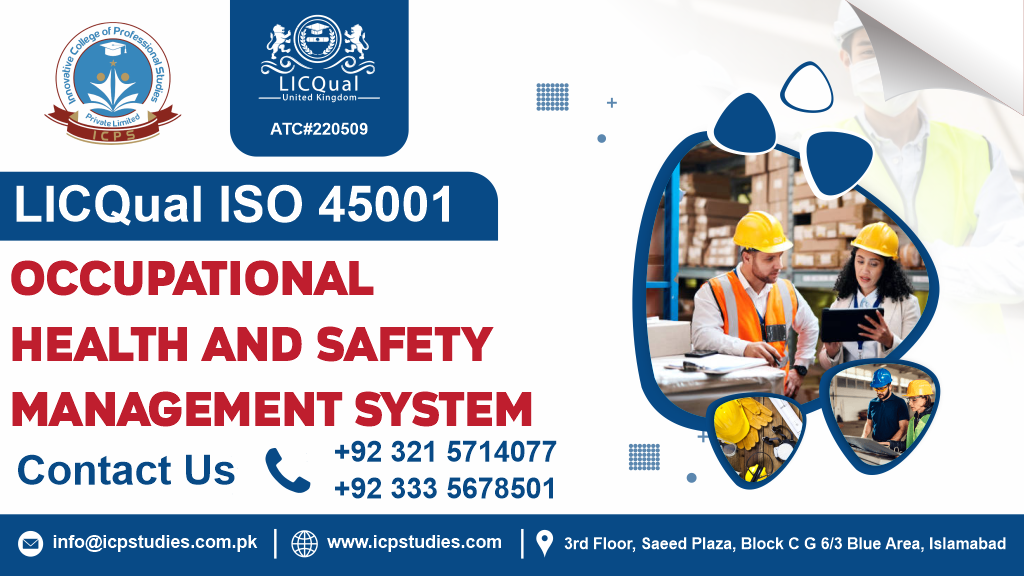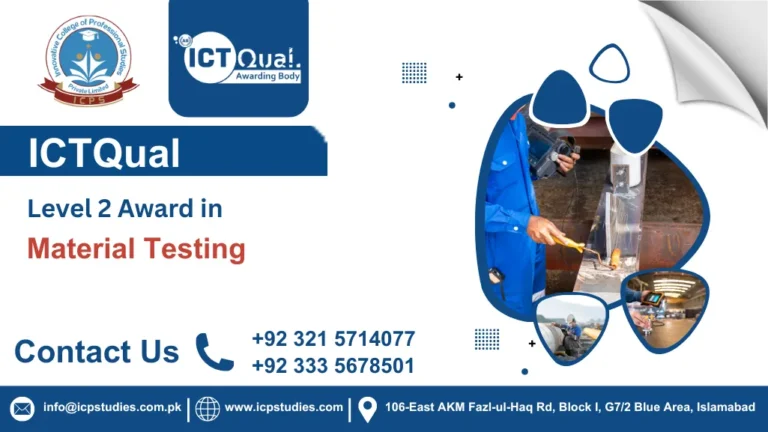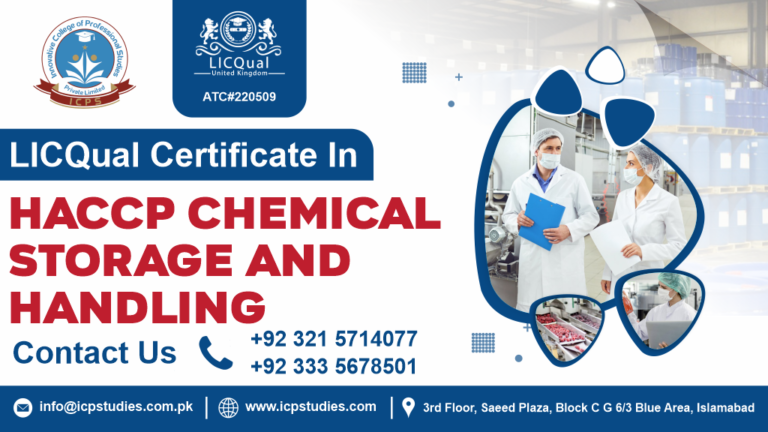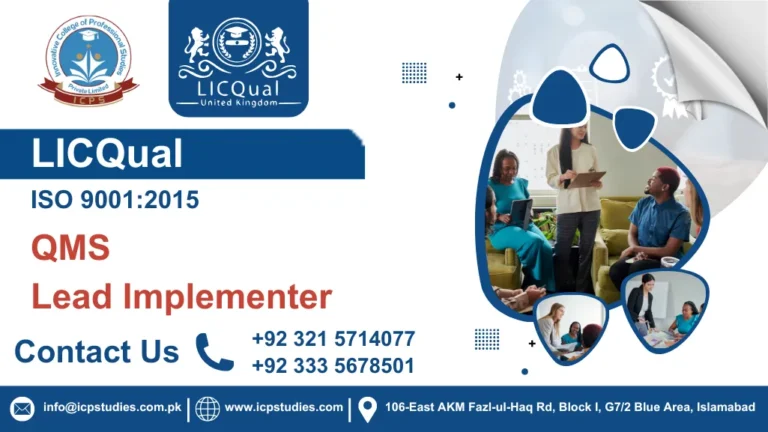In an era where workplace safety and employee well-being are paramount, ISO 45001:2018 stands out as a crucial framework for managing occupational health and safety (OHS). As the international standard for occupational health and safety management systems (OHSMS), ISO 45001 provides a structured approach to improving safety, reducing workplace risks, and enhancing overall employee well-being.
ISO 45001:2018 is an international standard developed to help organizations manage occupational health and safety risks and improve their OHS performance. It provides a framework for creating a safe and healthy work environment by addressing potential hazards, reducing risks, and ensuring compliance with legal and regulatory requirements.
ISO 45001:2018 offers a robust framework for managing occupational health and safety, helping organizations create safer work environments and enhance overall performance. By implementing ISO 45001, organizations can not only ensure compliance with legal requirements but also foster a culture of safety and well-being that benefits both employees and the organization as a whole. Investing in ISO 45001 is an investment in the health, safety, and success of your organization.
All About ISO 45001 Occupational Health and Safety Management System
Course Overview
An ISO 45001 Occupational Health and Safety Management System (OHSMS) Lead Implementer is a specialized professional responsible for guiding organizations through the implementation, management, and maintenance of an effective Occupational Health and Safety Management System in accordance with ISO 45001:2018. This role is crucial for organizations aiming to enhance their health and safety practices, achieve ISO 45001 certification, or improve their existing OHSMS.
The role of an ISO 45001 Occupational Health and Safety Management System Lead Implementer is vital for organizations committed to improving their health and safety practices and achieving ISO 45001 certification. This professional ensures the effective implementation and management of the OHSMS, contributing to a safer and healthier workplace. By leveraging their expertise, organizations can enhance their health and safety performance, comply with regulatory requirements, and foster a culture of safety and well-being.
Study Units
- Introduction to ISO 45001
- Leadership and Commitment
- Hazard Identification and Risk Assessment
- Legal and Regulatory Requirements
- OHSMS Planning and Implementation
- Employee Participation and Consultation
- Training and Awareness
- Emergency Preparedness and Response
- Monitoring and Measurement
- Continuous Improvement
Educational Background: A degree or equivalent qualification in occupational health and safety, environmental science, engineering, or a related field.
Professional Experience: Relevant work experience in health and safety management, risk assessment, or related areas, typically ranging from one to three years.
Familiarity with ISO Standards: Basic understanding of ISO 45001 and other health and safety standards is beneficial.
Knowledge of Occupational Health and Safety Regulations: Awareness of applicable laws and regulations governing workplace health and safety.
Commitment to Learning: Willingness to engage with course materials and participate in practical assessments.
Communication Skills: Strong verbal and written communication skills for effective documentation and reporting.
Analytical Skills: Ability to assess risks and implement safety measures effectively.
- Health and Safety Managers: Professionals responsible for developing and managing health and safety programs.
- Internal Auditors: Individuals conducting audits of occupational health and safety management systems.
- Compliance Officers: Those ensuring adherence to health and safety regulations and standards.
- Risk Managers: Professionals focused on identifying and mitigating workplace hazards.
- Operations Managers: Managers overseeing teams and wanting to improve workplace safety.
- HR Managers: Individuals involved in employee well-being and workplace safety initiatives.
- Consultants: Advisors providing expertise on occupational health and safety management systems.
Overall, the course is suitable for anyone involved in the implementation, management, or auditing of health and safety practices in organizations.
.
Learning Outcome
Introduction to ISO 45001
- Understanding the Standard: Explain the purpose, scope, and key components of ISO 45001:2018 and its role in occupational health and safety management.
- Framework Familiarity: Describe the structure of ISO 45001, including the Plan-Do-Check-Act (PDCA) cycle and its integration with other management systems standards.
- Application Context: Identify how ISO 45001 applies to various organizational contexts and industries, and understand its benefits for improving workplace health and safety.
2. Leadership and Commitment
- Top Management Role: Describe the role of senior management in establishing, implementing, and maintaining the OHSMS, including setting the vision, policies, and objectives for occupational health and safety.
- Resource Allocation: Explain how to allocate resources effectively to support the OHSMS and ensure its successful implementation.
- Engagement and Influence: Develop strategies for engaging and motivating employees and stakeholders in health and safety initiatives.
3. Hazard Identification and Risk Assessment
- Hazard Identification: Identify potential hazards in the workplace and understand various methods for hazard identification.
- Risk Assessment: Conduct comprehensive risk assessments to evaluate the severity and likelihood of risks associated with identified hazards.
- Control Measures: Develop and implement effective control measures to mitigate identified risks and prevent accidents and incidents.
4. Legal and Regulatory Requirements
- Compliance Understanding: Identify and understand relevant legal and regulatory requirements related to occupational health and safety.
- Integration into OHSMS: Describe how to integrate legal and regulatory requirements into the OHSMS and ensure ongoing compliance.
- Monitoring Changes: Explain the process for monitoring changes in legislation and incorporating these changes into the OHSMS.
5. OHSMS Planning and Implementation
- Strategic Planning: Develop and implement an OHSMS plan that aligns with organizational objectives and addresses identified risks and opportunities.
- Documentation: Create and manage OHSMS documentation, including policies, procedures, and records.
- Operational Integration: Implement and integrate the OHSMS into daily operations, ensuring that all processes and activities adhere to the established health and safety controls.
6. Employee Participation and Consultation
- Engagement Strategies: Develop strategies for involving employees in the OHSMS, including consultation and participation processes.
- Feedback Mechanisms: Implement mechanisms for gathering and addressing employee feedback and suggestions related to health and safety.
- Roles and Responsibilities: Define and communicate roles and responsibilities for employees within the OHSMS, ensuring clarity and accountability.
7. Training and Awareness
- Training Programs: Design and deliver training programs to ensure employees understand their roles, responsibilities, and the OHSMS requirements.
- Awareness Initiatives: Implement initiatives to raise awareness about health and safety issues and promote a culture of safety within the organization.
- Effectiveness Evaluation: Assess the effectiveness of training and awareness programs and make necessary improvements based on feedback and performance metrics.
8. Emergency Preparedness and Response
- Emergency Planning: Develop and implement emergency preparedness and response plans for various potential scenarios.
- Response Procedures: Establish clear procedures for responding to emergencies, including evacuation plans, communication protocols, and roles and responsibilities.
- Drills and Training: Conduct regular drills and training exercises to ensure employees are prepared for emergency situations and can respond effectively.
9. Monitoring and Measurement
- Performance Monitoring: Establish procedures for monitoring and measuring OHS performance against objectives and regulatory requirements.
- Data Collection and Analysis: Implement methods for collecting and analyzing data related to health and safety performance, incidents, and near misses.
- Reporting and Review: Develop processes for reporting on OHS performance, reviewing results, and identifying areas for improvement.
10. Continuous Improvement
- Improvement Strategies: Develop and implement strategies for continual improvement of the OHSMS based on performance data, audits, and feedback.
- Non-Conformity Management: Identify and address non-conformities and implement corrective and preventive actions to enhance the effectiveness of the OHSMS.
- Feedback Utilization: Use feedback from audits, reviews, and employee input to drive ongoing improvements and ensure the OHSMS remains effective and relevant.
These learning outcomes aim to equip participants with the knowledge and skills necessary to effectively implement and manage an ISO 45001 Occupational Health and Safety Management System, ensuring a safer and healthier workplace.
FAQs about ISO 45001 Occupational Health and Safety Management System







